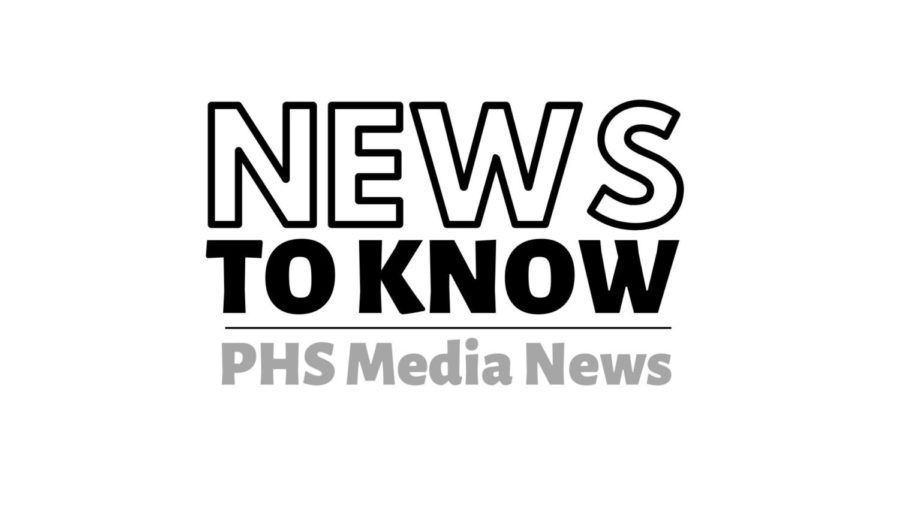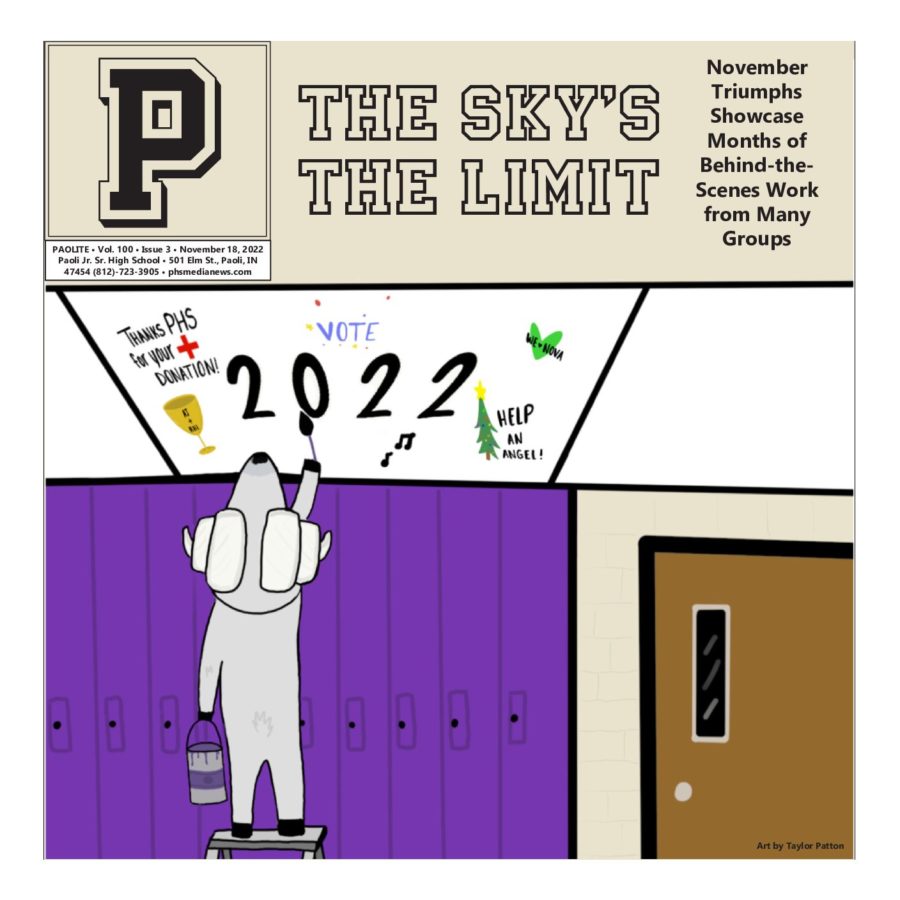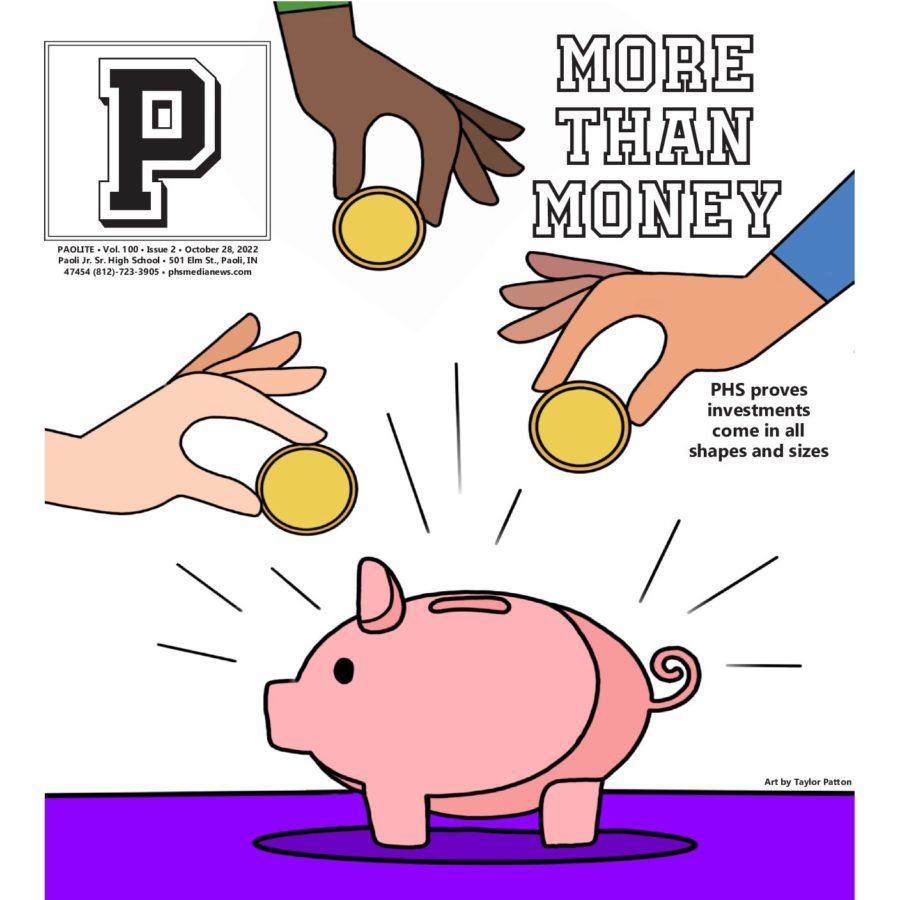From Issue 6, Published March 13, 2015
More Than Meets the Eye: History of common symbols complicated for many
Each morning, students stand and pledge to a symbol that people around the world understand: The American Flag. The American Flag is a symbol of America, just like the Statue of Liberty, the bald eagle, Uncle Sam and many more. Symbols are a simple way to convey meaning with a simple image. What many people do not realize is over time, the meaning can change. That does not mean they physically change, sometimes just the meanings change. A common symbol with a big meaning is the swastika.
“Swastika was originally an Indian symbol,” said History teacher Chris Lindley. “Even today you’ll see it all around India. It’s an ancient Hindu symbol meaning good luck and prosperity. Whenever Hitler began looking for something to define the Aryans, his master race, he grabbed that symbol and used it for Nazi Germany.”
A lot of people do not know Hitler took the symbol and made his own. Because the symbol is so commonly associated with the Nazi Party, to this day, whenever someone sees Swastika they do not think good or prosperity, they think racism and anti-semitism.
The Confederate Flag and The Swastika both have something in common: a connection to racism.
“The Confederate Flag is another one,” said Lindley. “At one point, it simply represents the Confederacy. Then after the war, it begins to be viewed as nostalgia by some Southerners as part of their history. Then it gets to being used today more as a symbol of racism towards African Americans.”
A lot of students do not understand that the Confederate Flag, also known as Rebel Flag, has a very offensive meaning toward African Americans. The Confederate Flag colors are red, white, blue, with thirteen stars. Sound familiar? The thirteen stars represent the original thirteen colonies from which the United States began. But as time went on, more and more southerner’s adapted the flag and the image was transformed into a sign of “we hate blacks,” when that is not the original message.
Religions have their own symbols and meanings as well.
“For Christians their symbol is the cross,” said Lindley. “For the first two to three centuries it was the fish. The cross was a symbol of Roman execution, which had a very negative meaning to it, which now it has been transferred to having a very strong meaning. For Muslims its the crescent with the little star in it. Jews, star of David. There’s all these different symbols that people use.”
Having a symbol on a piece of paper is one thing. But with that, there are other symbols that everyone will just look by. An example would be gang signs. Such as bandanas hanging out your pockets, the rock and roll sign, “westside,” etc. In some cities, what you wear can determine whether you live or die.
“It’s language in another way,” said Lindley. “A symbol can have one meaning, then I guess you can say hijacked to have a different meaning. But what if someone doesn’t know that language and misuses it? That’s where we get our problems.”
As time goes on, there will be more and more symbols that will transform into meanings that no one could ever imagine.
Story by India Wong











